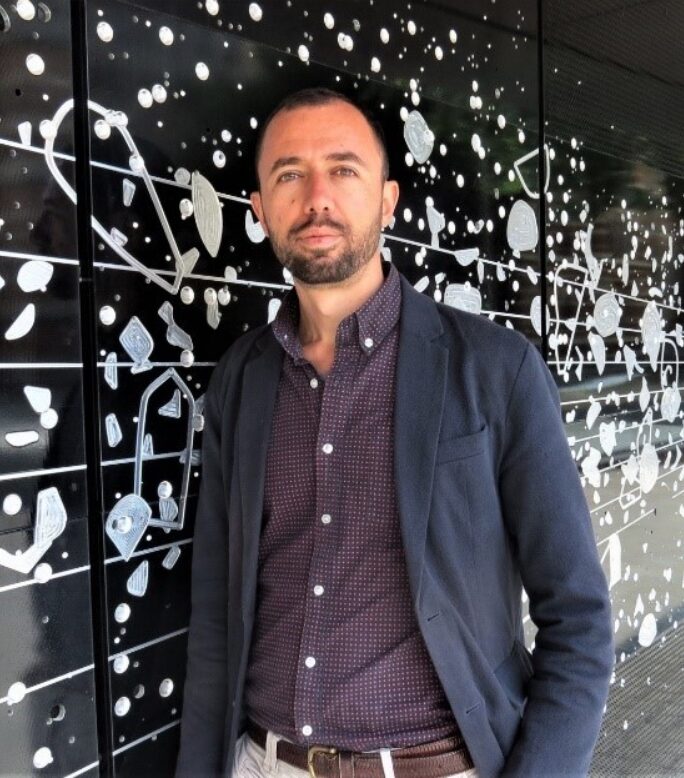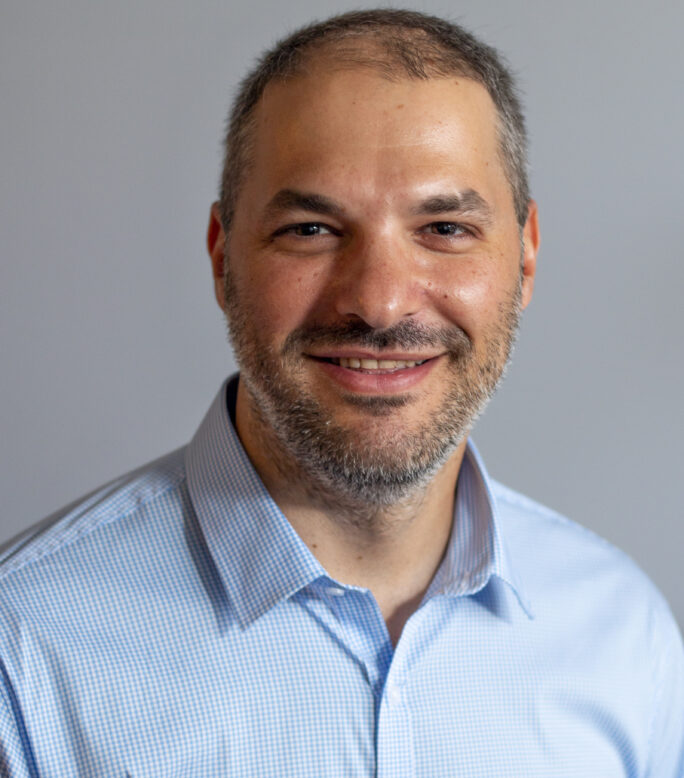
Oligonucleotide Therapeutics: Discovery to Development
An Expert Webinar Series on Oligonucleotides
We are thrilled to announce an exciting new webinar series hosted by Evotec, focusing on the cutting-edge field of oligonucleotide discovery and development. This series will bring together leading experts and key opinion leaders from around the globe, alongside our own Evotec speakers, to share their insights and advancements in this rapidly evolving domain.
Oligonucleotide therapies represent a transformative approach in modern medicine, offering innovative solutions for a wide range of diseases. Our webinars will delve into the latest research, technological advancements, and practical applications of oligonucleotides, including siRNA, ASOs, and other sequence-based approaches.
Join us as we explore the potential of oligonucleotides to revolutionize therapeutic strategies, from early discovery through to drug development.
Stay tuned on this page for more details on all the upcoming sessions and speaker line-up. We look forward to your participation in what promises to be an enlightening and inspiring journey into the world of oligonucleotide therapies.
Part 1 - Watch on Demand
Targeting Transcription Factor for Therapy in Neuromuscular Diseases
Abstract
Spinal and bulbar muscular atrophy (SBMA) is an X-linked neuromuscular disorder caused by a polyglutamine tract (polyQ) expansion in the androgen receptor (AR) protein. This disease affects 1:40,000 men worldwide, often underestimated due to frequent misdiagnosis. Affected individuals develop severe muscle atrophy and weakness due to lower motor neuron degeneration and primary myopathy, with skeletal muscle being the main site of pathology and target for therapy. AR, a ubiquitously expressed transcription factor, mediates the response to male hormones like dihydrotestosterone (DHT). Upon activation, AR undergoes conformational changes, interacts with co-regulators, and binds to DNA to control gene expression. In SBMA, cell dysfunction and death result from toxic gain and loss of function mechanisms dependent on AR's ligand binding and transcriptional activation. The mechanisms of transcriptional dysregulation in SBMA and their contribution to the disease are unknown. Due to a lack of understanding, no treatment is currently available, and SBMA remains a condition of high unmet clinical need. Several AR isoforms exist and are differentially expressed in human tissues, modulating AR activity and offering unexpected clues for treating SBMA.
Topics covered by Prof. Carlo Rinaldi in his webinar presentation:
- Transcription factors are difficult molecular targets
- The transcription factor Androgen Receptor is a fundamental regulator of skeletal muscle homeostasis
- Understanding of the isoform composition offers clues for new therapeutic targets
- Targeting a naturally occurring isoform of the AR has potential to treat spinal and bulbar muscular atrophy
Get to Know our Speaker

Prof. Carlo Rinaldi
University of Oxford, UK
Carlo Rinaldi completed his medical education and residency in adult neurology in 2010 both with distinction at the University of Federico II, Naples, Italy. In 2009 he joined the Neurogenetics Branch at the National Institute of Health (Bethesda, MD, USA) under the supervision of prof. Fischbeck, to work on the mechanisms of pathogenesis of spinal and bulbar muscular atrophy (SBMA or Kennedy's disease) and other genetic diseases of the motor unit and where he also obtained a PhD in Neuroscience with the thesis entitled: 'From Disease Gene Identification to Therapeutic Targets in Neuromuscular Diseases'. In 2015 he joined the lab of Prof. Matthew Wood at the University of Oxford as a Clinical Research Fellow and in December 2016 was awarded a Wellcome Trust Career Development Fellowship, followed by a UKRI MRC Senior Clinical Fellowship in 2023 to establish his independent research lab (https://www.rinaldi-lab.com/). He is an Honorary Consultant Neurologist at the John Radcliffe Hospital in Oxford and at the National Hospital for Neurology and Neurosurgery in London and Principal Investigator in the recently established Oxford-Muscular Dystrophy UK Centre for Translational Neuromuscular Science Centre.
Part 2 - Watch On-Demand
Unlocking the Potential of miRNA-Targeted Therapies
Interest in oligonucleotide therapeutics is growing, with several drugs already approved and many more in development, offering a promising avenue for targeted therapies. However, oligonucleotide therapies targeting microRNA (miRNA) are yet to be successful.
In this webinar, our expert speaker will explore the therapeutic potential of miRNA- targeting treatments, outlining cutting-edge research that is identifying new miRNA targets.
He’ll also discuss the latest methodologies in miRNA research, including next-generation sequencing and miRNA inhibition.
Attend this webinar to:
- Explore a brief history of oligonucleotide therapeutics, from routine failure to routine success
- Learn why oligonucleotide therapeutics targeting miRNAs have not been successful
- Discover how nuclear RNA interference offers a new approach to identifying therapeutic target miRNAs
Get to Know Our Speaker

David Corey
UT Southwestern University
Dr. Corey received his BA from Harvard University in 1985 and his PhD from UC Berkeley in 1990 after working under the guidance of Dr. Peter Schultz. After postdoctoral work at UCSF under the direction of Dr. Charles Craik, Dr. Corey started his independent career at UT Southwestern in 1992. Dr. Corey is the Rusty Kelley Professor of Biomedical Research and the Past-President of the Oligonucleotide Therapeutics Society. He is an Executive Editor for Nucleic Acids Research and Vice Chair of the SAB for the Ono Pharma Foundation.
Part 3 - Watch On-Demand
Tiny but Mighty: Harnessing microRNAs to Direct Bone and Cartilage Repair
Tissue engineering using stem cells represents a promising approach to repair bone damage caused by aging and trauma. However, the exact mechanisms behind the differentiation of skeletal stem cells have remained elusive.
Our expert speaker will discuss the increasing evidence that microRNAs (miRNAs) can regulate gene expression and orchestrate stem cell differentiation, which may help us to understand how to “crack the code” of stem cell differentiation.
He will also discuss how these miRNAs represent attractive targets for oligonucleotide therapy to stimulate bone and cartilage regeneration, a promising avenue for skeletal injury treatment.
Attend this webinar to:
- Explore regenerative medicine as a potential treatment avenue for skeletal injuries
- Recognize the importance of the non-coding RNAome in understanding stem cell differentiation
- Discover how miRNAs form a promising target for oligonucleotide therapies
Get to Know our Speaker

Andrea Lolli
Assistant Professor, Bone Tissue Engineering Research Group
Erasmus Medical Centre
Andrea Lolli is Assistant Professor in the Bone Tissue Engineering Research group at Erasmus MC University Medical Centre Rotterdam, The Netherlands. His research focuses on the development of therapeutic strategies based on non-coding RNAs for bone and cartilage regeneration.
Andrea obtained his PhD in Molecular Medicine and Pharmacology at the University of Ferrara, Italy. During this time, he developed a growing interest in the mechanisms that guide stem cell differentiation, and the application of this knowledge to regenerate cartilage and bone. In his PhD project he established gene silencing strategies using siRNAs and antimicroRNAs to induce the chondrogenic differentiation of stem cells without growth factors. In 2016 Andrea moved to the Netherlands for a postdoctoral position at Erasmus MC within the Marie Curie ITN TargetCaRe. Following-up on his work, he developed a microRNA therapy approach to enhance cartilage repair in vivo, by targeting implanted or endogenous progenitor cells with antimicroRNA-activated materials. In 2019 Andrea started his work in the Bone Tissue Engineering group. This allowed him to broaden his research focus with the study of the mechanisms of endochondral bone formation, ultimately leveraging non-coding RNA modulation for large bone defect repair.
More About Oligonucleotides at Evotec
- Oligonucleotide Therapies >
- Oligonucleotides Synthesis: Advancing Precision in RNA-Targeted Drug Discovery >